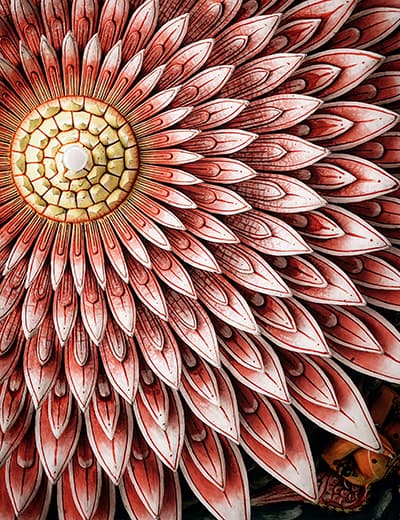
NARRATIVES
DIFFICULT LOVES
North India
The India I love is timeless and unruffled by the ways of the world. India I love is in the villages, in the drapes of the sari, in the bells of the temples at sunrise, in the hands joined in a respectful Namaste. But India that changes is also there, forcing me to take notice of its boisterous ways, its magnificent achievements, its chaotic development.
So here I am, on my third journey to India. I decided to stay in Delhi for a couple of days to immerse myself in contemporary India, not very convinced though, that I will be able to love it. Arnima, my kamalan travel consultant, has been categorical, “I would not suggest that you go to Gurgaon. It is the “Mecca” of high-tech India, but even though its name means “the village of raw sugar, there will be nothing sweet about travelling there. It is very far from the city and the traffic will certainly put you off.” She knows me well by now, and I trust her judgment.
I stay at The Rose, an unconventional, well-decorated hotel in Hauz Khas, an ancient hamlet engulfed by the city, that has been invested in by numberless boutiques, cafes, art galleries, jazz clubs, and even an organic restaurant. Despite being taken over by what in the West would be called a “hipsters’ groove”, the place retains the feel of a village, with the ubiquitous cows strolling side by side. It is Saturday afternoon when I venture out to visit a museum of contemporary art that sounds quite promising in spite of the fact that it is in a mall; I don’t really know what to expect. The DLF mall in Saket is more than I’ve asked for; it is a sort of amusement park for grown-ups, willing to embrace “modernity” in sprees of binge-shopping.
The search for my longed-for museum proves a little taxing; I wish I had asked for the help of a professional guide who would have accompanied me smoothly to my destination. Finally, when one of the numerous guards protecting this huge temple of consumerism directs me to an information counter, I manage to find my way.


I enter a vast hall invested with a huge installation by Subodh Gupta called “Line of control”. A young couple walks by this sort of nuclear mushroom made of stainless steel pots and pans, holding hands; not a very common sight in timeless India.
Behind the glass doors of the Kiran Nadar Museum of Art, all is quiet and collected. At the counter I am only asked to sign my name, there is no ticket to be purchased, no fees to be paid, no books or souvenirs to be bought. I learn that this is India’s largest philanthropic museum, and is part of the Shiv Nadar Foundation, a non-profit organization that, among other activities, exhibits modern and contemporary art from India and the subcontinent. I am struck by the contrast between the bustling activity outside and the peaceful atmosphere I am enveloped in as soon as I enter the first exhibition hall. Only Bhimsen Joshi, one of the most accomplished voices of Indian classical music, accompanies my thoughts.
The title of the exhibition is: “Difficult loves”, reminding me of a collection of short stories by Italo Calvino, one of my favourite authors with whom I share the country of birth, Italy. I feel immediately attracted to the part of the exhibition dedicated to Amrita Sher-Gil, celebrating her 100th birthday anniversary, “The self in making”. An iconic figure in the male-dominated world of Indian art in the 1920s, the artist, who died too young at 28, shines through the self-portraits and the photographs taken by her father, in a room not too big that allows a surprising intimacy with the beautiful woman she was. I intend to buy a few books on her work to bring home during my travel in North India. When I shared my love for books with Arnima, she suggested that I visit the bookshop at the Rambagh Palace in Jaipur, according to her, a treasure trove of rare books.

It is difficult to describe the emotional engagement I have experienced in the halls devoted to the work of Nasreen Mohamedi, a woman artist born in Karachi who lived in London and Paris and, among other places, in the Middle East. She finally chose India as her home where she taught at the Faculty of Fine Arts at the University of Baroda. Roobina Karode, a former student of Nasreen Mohamedi, has curated the exhibition I am visiting, pertinently called: “A view to infinity”.
Through a series of black and white family photographs, I become acquainted with a charming woman gifted with an intelligent gaze. I love the portrait she took of Husain, one of the most well-known Indian artists, dressed in black, standing with open arms, almost a Christic figure. It is the exposure to her work, though, that produces a very strong inner movement in me. I immediately sense the presence of a unique vision and a personal quest that exudes from the geometric patterns she drew on the paper, the photographs she took, her oil paintings. Hers is a feminine and rigorous approach to space and time; she seems to be able to translate to images the music of the spheres.
I am totally conquered and feel almost as if I have met a friend when I find the following words printed on the wall:
"Nasreen Mohamedi was in tune with the cosmic womb and the eclipses of the sun and the moon, the cycles of birth and decay and of continual change. Through the intense acuity of her perception, she realises that nature disposes itself in rhythm and only through rhythm one is able to escape time."
The essence of what I feel is a feminine perception of life is there in front of me, a sort of formula that has eluded me for a long time. I walk out of the exhibition in awe of the artist, considering myself very lucky to have discovered her.



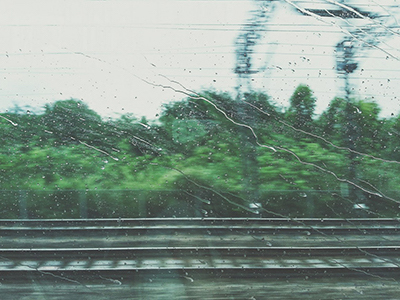
In Anticipation of Petrichor
Rain is happiness, rain is melancholy, rain is nostalgia. For Indians, it’s more than just these; it is a part of life...
Narrative
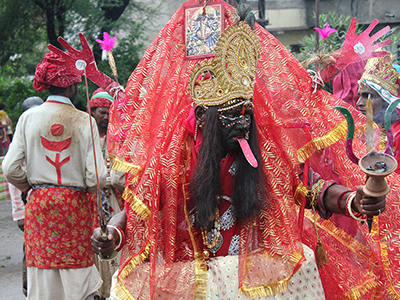
Gauri, a dance drama
They stamp their feet rhythmically. Mouths shout words, instruments loudly answer to them, preparing the entrance of today’s celebrities...
Narrative • North India
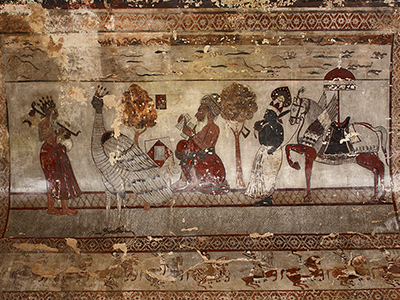
Kingdoms of Old
This journey traces heritage through the remnants of the dynasties that ruled Madhya Pradesh from ancient times till the present...
Bespoke Journey • West India
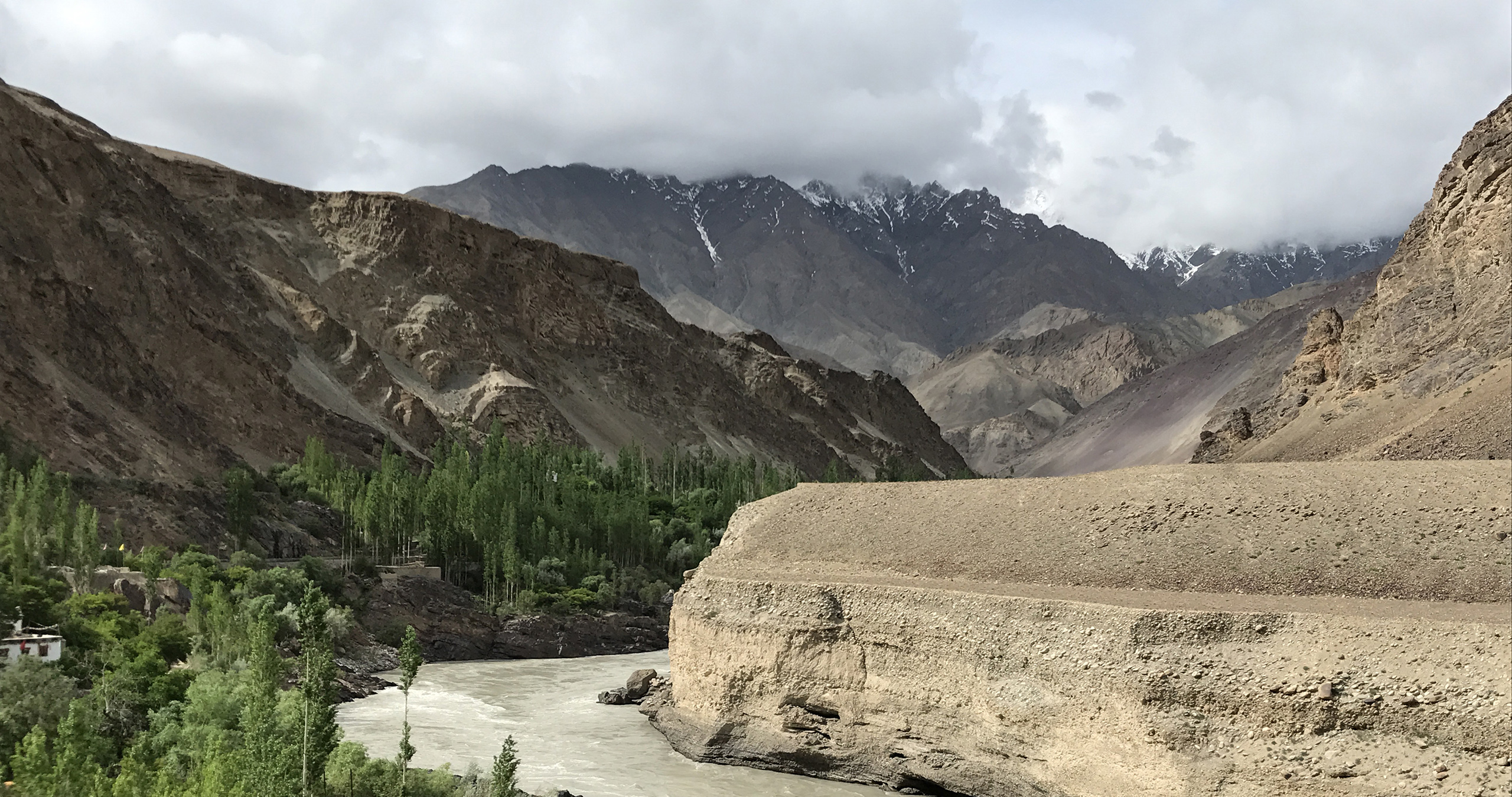
A Life Closer to Nature
With Another Escape, we travelled to the geographically rich region of Ladakh, and discovered a community living in harmony at 3000m...
Behind-The-Scenes • North India
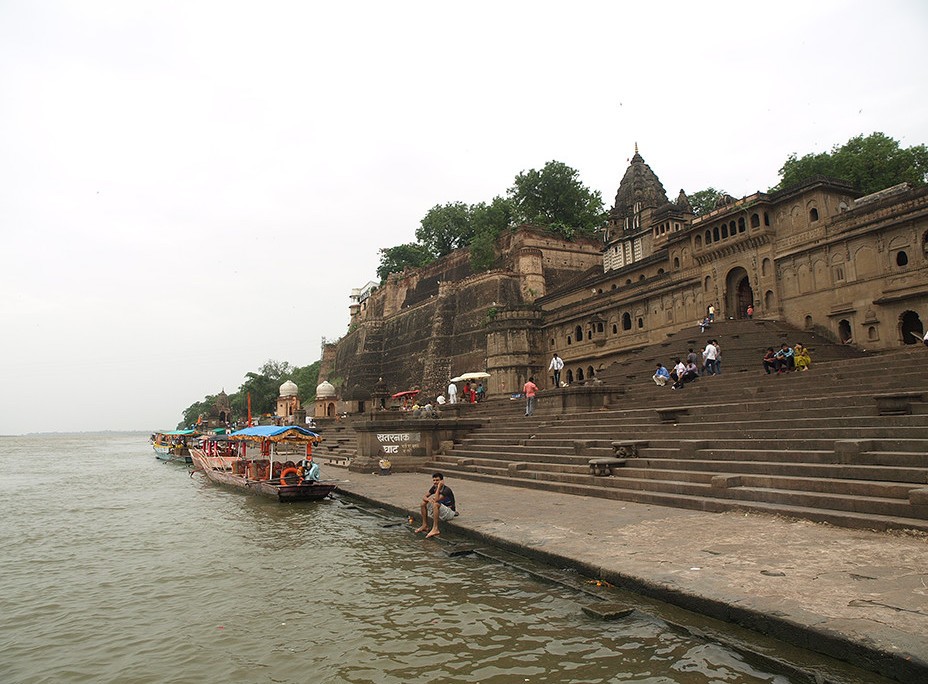
Ahilya Fort
A thing of the books, the Ahilya Fort is a boutique accommodation for the heart that like to delve in...
Hotel Guide • West India
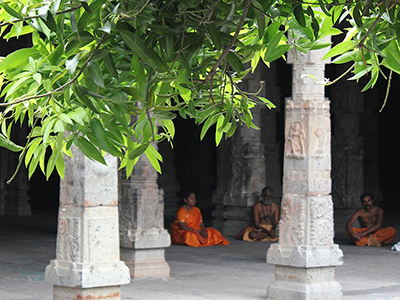
The Temple, Outside and Inside
No one can travel through Tamil Nadu without acknowledging the Hindu temples. Their characteristic architecture and the life...

